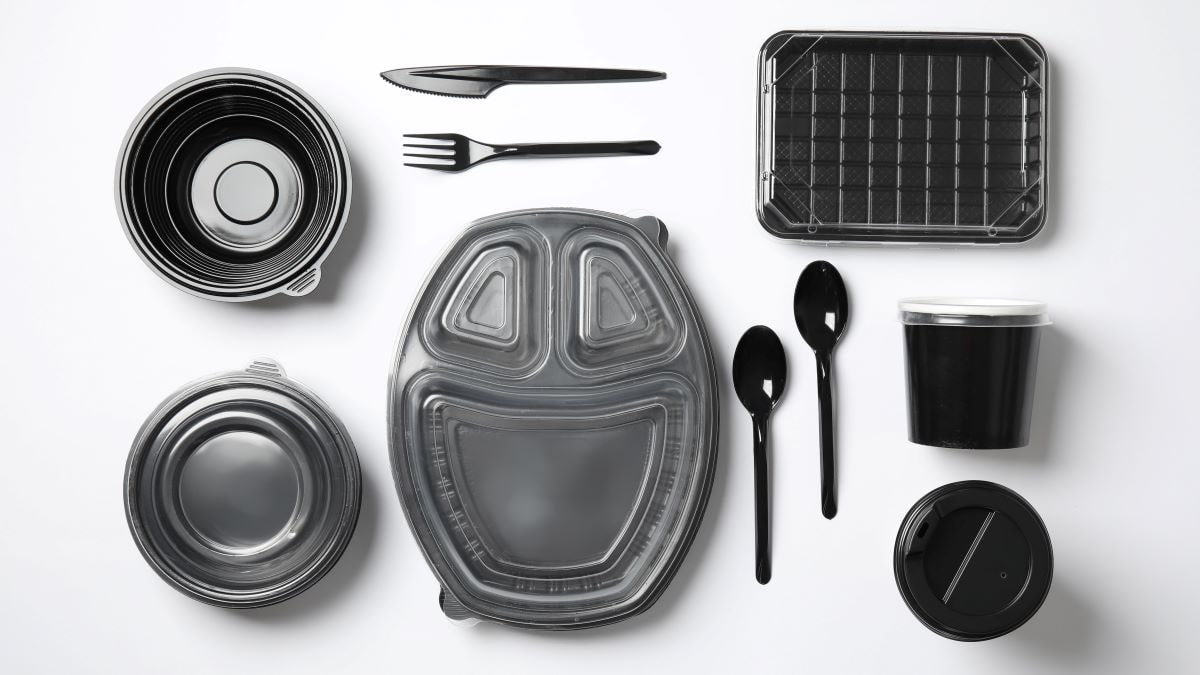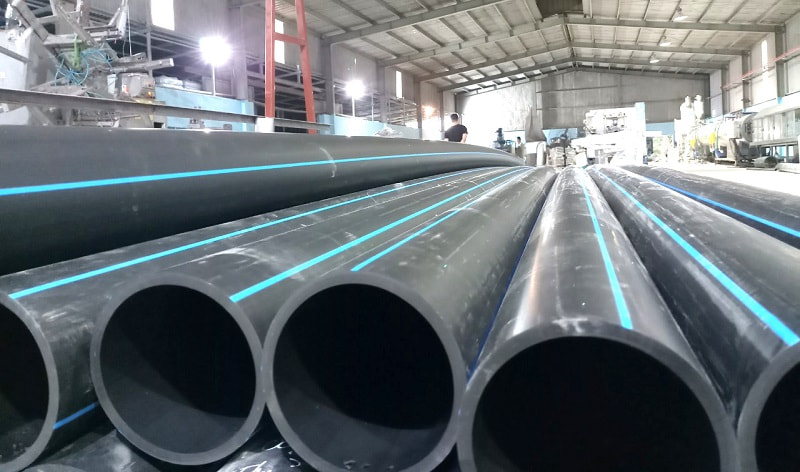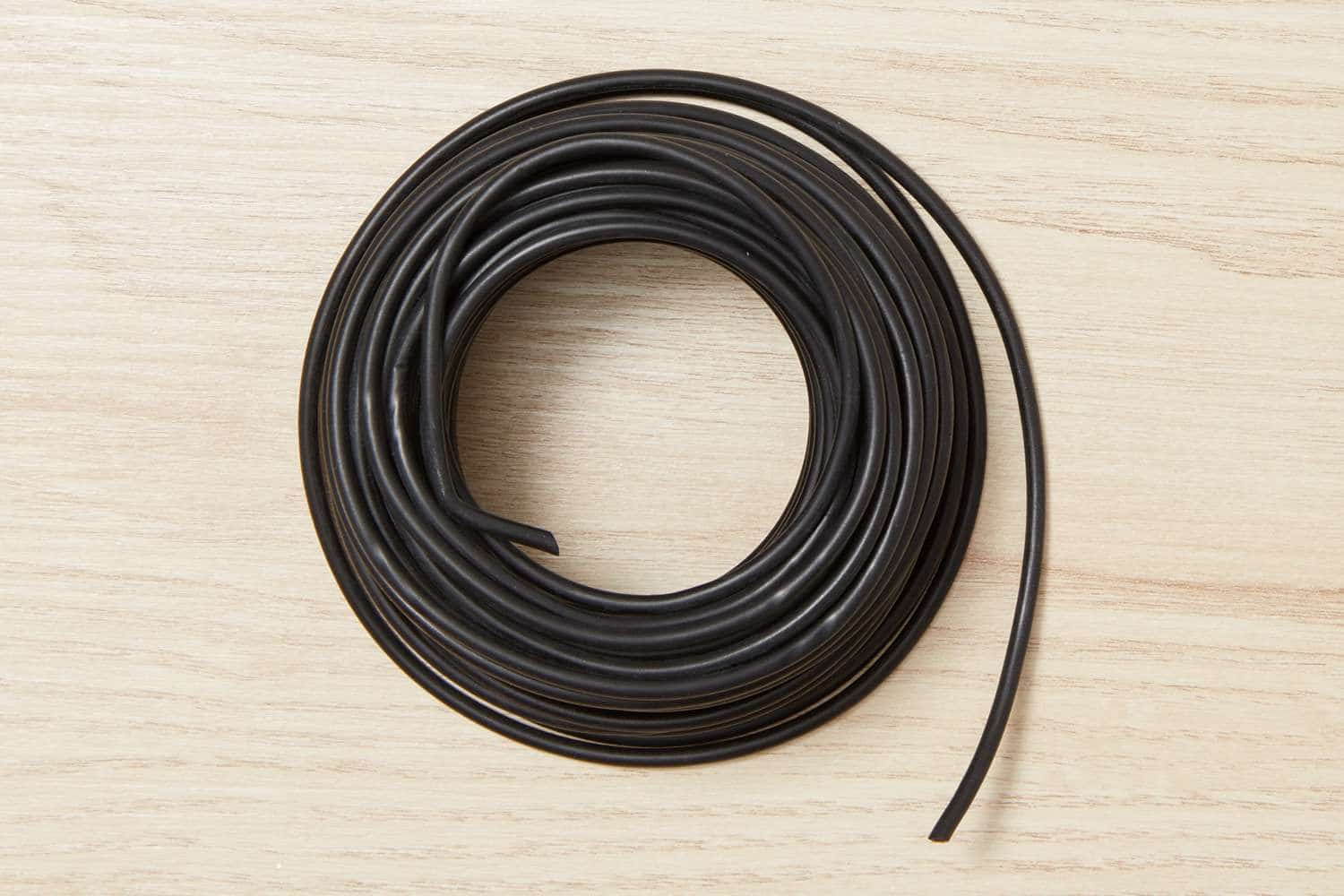Black plastic is distinct from other types of plastics due to its unique properties and applications. Unlike standard plastics, which can come in various colors, black plastic is typically made by adding carbon black pigments during the manufacturing process. This gives it its distinctive dark color and enhances its strength, durability, and UV resistance. So, have you ever wondered what black plastic is and how it is applied? Let’s explore more in the article below!
1. What Is Black Plastic?
Black plastic is a common material made by combining base plastic polymers with black pigments, usually carbon black. It is widely used across various industries for its durability, UV resistance, and aesthetic qualities. From packaging to automotive components and electronic casings, black plastic offers versatile applications. It is often produced from popular polymers like polyethylene (PE), polypropylene (PP), and polystyrene (PS), which are mixed with carbon black to give the plastic its dark color.

Objects made from black plastic
2. What Makes Black Plastic Different?
2.1. Pigmentation
The key difference between black plastic and other plastics is its pigmentation. Black plastic becomes opaque due to the addition of carbon black or other black pigments, which blocks light and gives it a distinct color. In contrast, other plastics can be transparent or painted with a lot of color, but black plastic's opacity distinguishes it from the rest.
2.2. Recycling
Black plastic is very hard to recycle compared to other plastics, due to their color. They can also contain unregulated amounts of toxic chemicals including heavy metals and flame retardants, which means they could be hazardous to health. More than 15 million metric tons of plastic enter the ocean each year and experts predict that there will be one pound of plastic in the ocean for every three pounds of fish by 2025.
Although black plastic makes up 15% of all plastic recyclables (largely single-use food containers), the vast majority is not recycled because the infrared technology used by recycling facilities to sort plastics cannot “see” the color black. As a result of this failure, most black plastic items end up in our landfills, incinerators, oceans and rivers after just a single use.
2.3. UV Resistance
Black plastic has better UV resistance than most other plastics. The primary factor behind this difference lies in the carbon black pigment used in black plastic. Carbon black acts as an effective UV stabilizer, providing excellent protection against harmful ultraviolet rays. This makes black plastic particularly resistant to degradation caused by prolonged sun exposure.
Over time, many plastics can become brittle, crack, or discolor when exposed to UV light. However, black plastic remains durable and maintains its structural integrity, making it ideal for outdoor applications like construction materials, automotive components, and outdoor furniture.

UV-resistant covers made from black plastic
2.4. Heat stability
Black plastics contain carbon black, which gives them better heat stability compared to many other plastics. Carbon black not only provides color but also acts as a thermal stabilizer, allowing black plastics to withstand higher temperatures without deforming. This is especially useful in applications involving high heat or direct sunlight exposure. For example, black plastic components used in automotive or construction applications are less likely to warp or degrade under extreme heat conditions.
In contrast, other plastics like PVC or polyethylene may have lower heat tolerance. PVC can become soft and lose its structural integrity at elevated temperatures, while polyethylene, depending on its density (HDPE or LDPE), might also experience deformation or melting under high heat. These limitations necessitate additional stabilizers or engineering modifications to enhance their heat resistance.
2.5. Impact Resistance
When it comes to impact resistance, black plastics often outperform other colored plastics. The carbon black in black plastics helps to distribute and absorb impact forces more effectively, reducing the likelihood of cracking or breaking upon sudden impacts. This makes black plastics suitable for high-stress applications, such as in heavy-duty machinery or protective casings. Other plastics, especially those without added impact modifiers, can be more prone to brittleness and cracking under stress. For example, transparent or lighter-colored plastics might require additional impact-resistant additives to achieve similar performance levels.
3. How Black Plastic Is Manufactured
3.1. Polymer Selection
The first step is selecting the base polymer, such as PE, PP, or PS, depending on the application. The properties of the base polymer influence the final characteristics of the black plastic, including its flexibility, strength, and temperature tolerance.
3.2. Pigment Addition
Carbon black is added to the base polymer to provide the black color. The concentration of carbon black determines the opacity and UV resistance of the final product.

Carbon Black
3.3. Additives and Stabilizers
Additional ingredients, such as UV stabilizers, antioxidants, and flame retardants, may be added to enhance the performance of black plastic in various conditions.
3.4. Extrusion or Molding
The mixture of polymers, pigments, and additives is melted and shaped through extrusion or injection molding processes. These methods allow manufacturers to produce black plastic in a wide range of forms, from sheets and films to complex molded components.
3.5. Cooling and Finishing
After shaping, the black plastic is cooled and may undergo additional finishing steps, such as cutting, trimming, or surface treatments, depending on the specific requirements of the application.
4. Applications Of Black Plastic
Black plastic is used in a variety of industries due to its durability, UV resistance, and versatility. Below are some of its most common applications:
4.1. Automotive Industry
In the automotive sector, black plastic plays a vital role in the manufacturing of vehicle components. Its heat resistance and impact durability make it perfect for car interiors, dashboards, bumpers, and trim pieces. Carbon black provides heat absorption and UV protection. This ensures that these components maintain their integrity and appearance over time, even when exposed to harsh sunlight and extreme temperatures.
.jpg)
Using black plastic in making car components
4.2. Construction
Black plastic is often used in construction materials like pipes, insulation, and roofing membranes. HDPE black pipes are particularly valued for their strength and resistance to chemical corrosion, making them suitable for water and sewage pipelines. Black plastic sheeting is also used in damp-proofing and as a vapor barrier in walls and foundations.

Black Plastic Pipes
4.3. Packaging
In the packaging industry, black plastic is commonly used for items like trays, containers, and films. Its sleek appearance gives products a premium look, while its opacity helps protect light-sensitive products from UV rays. Additionally, black plastic is also commonly used to make black nylon bags for putting trash.
.jpg)
Using black plastic in making nylon bags
4.4. Electronics
Black plastic is prevalent in the electronics industry for items such as casings, housings, and cable insulation. Its strength, flexibility, and resistance to electrical currents make it a popular choice for protecting delicate components. Additionally, its UV resistance is crucial in outdoor applications like solar panel mounts or external wiring.

Electric cable made from black plastic
5. Conclusion
In conclusion, black plastic stands out from other plastics due to its unique properties and wide range of applications. Its ability to absorb and block UV radiation makes it highly durable for outdoor use, while its heat stability and impact resistance ensure longevity in demanding environments. Moreover, black plastic is also valued for its aesthetic appeal and versatility, from industrial components to household items. Overall, black plastic offers practical and functional benefits across various industries.
6. About EuroPlas’ Black Masterbatch
With over a decade of experience in producing black masterbatch, EuroPlas is confident in providing customers with the highest quality plastic products. Our black masterbatch is made with premium carbon black pigments and additives, ensuring excellent dispersion, color consistency, and UV resistance.

EuroPlas’ Black Masterbatch
EuroPlas’ black masterbatch offers several advantages:
- Color Quality: EuroPlas ensures uniform coloration in all applications, providing black color for end-products.
- UV Stability: The black masterbatch is formulated with UV stabilizers that protect products from degradation caused by sunlight, making it ideal for outdoor applications.
- Various Solutions: EuroPlas offers customized masterbatch formulations to meet the specific requirements of various industries, including automotive parts, packaging, and consumer goods.
For more information and samples, please contact us HERE!